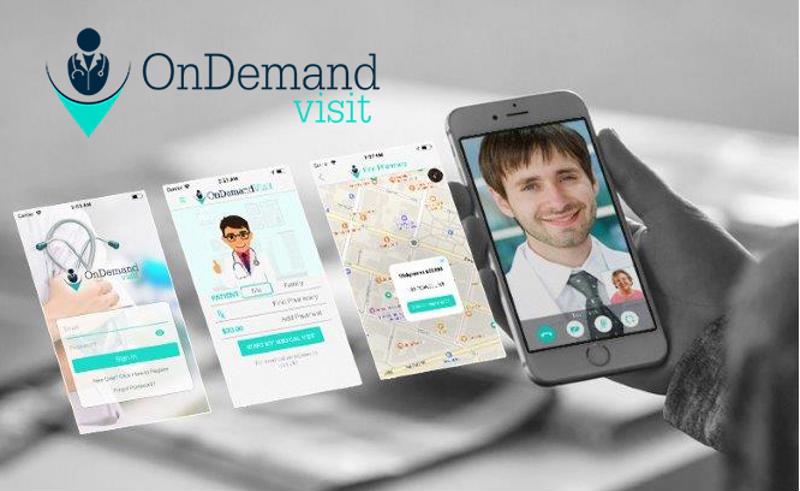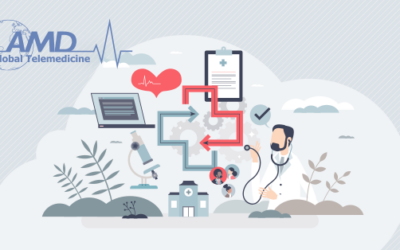In early May, 2018, Regence released promising data for those promoting the value savings of telehealth services. Regence is one of the larger health care payers of the American midwest and west coast, servicing Idaho, Utah, Oregon and certain counties in Washington state. The company found that consumers are saving $100 on average when they opt for a telehealth appointment rather than an in-person facility visit. This claim factored in the reduced cost of mileage, medical claims and wait times.
These numbers are not surprising, given how much telehealth services have surged in recent years. A report from Foley & Lardner forecasted the overall telehealth industry would grow at a 14.3 percent compound annual growth rate between 2016 and 2020. A data survey conducted by Jackson Healthcare believed that telehealth services would attract 7 million active patients by the end of 2018.
Thanks to the technology
“Real-time medical assistance has become possible.”
Thanks to multiple breakthroughs in technology, telehealth services are more robust than they’ve ever been. Video streaming allows physicians and other health care officials to speak with and see patients clearly, even over vast distances. This has been especially beneficial for patients in rural and remote areas where a drive to the doctor could take upwards of an hour.
Telehealth services also owe their rapid adoption rate to more accessible greater bandwidth connections. As internet speeds have grown more consistent, real-time medical assistance has become possible. According to Brodie Dychinco, Regence’s general manager of convenient care delivery:
“Technology has accelerated the adoption of telehealth as one of many convenient options people have to help contain their health care costs and seek care based on where, when and how they want it.”
How exactly are physicians using telehealth services?
There are multiple telehealth software and hardware solutions in existence today. The best software platforms strive to be all-in-one solutions for the patient, that way they don’t need to install multiple apps just to cover basic needs.
A robust telehealth platform can allow patients to schedule consultants or simply chat with the next available doctor through secure video or audio. Consumers can also have prescriptions sent to their preferred pharmacy, manage bills and schedule alerts, all from a patient portal that is intuitively accessible.
AMD Telemedicine’s OnDemand Visit is designed to accomplish precisely these goals. The goal is two-pronged: Provide a cost-effective treatment delivery model for physicians while providing patients with immediate access to essential health care services.
Interested in in-home telehealth? Don’t hesitate to reach out!






